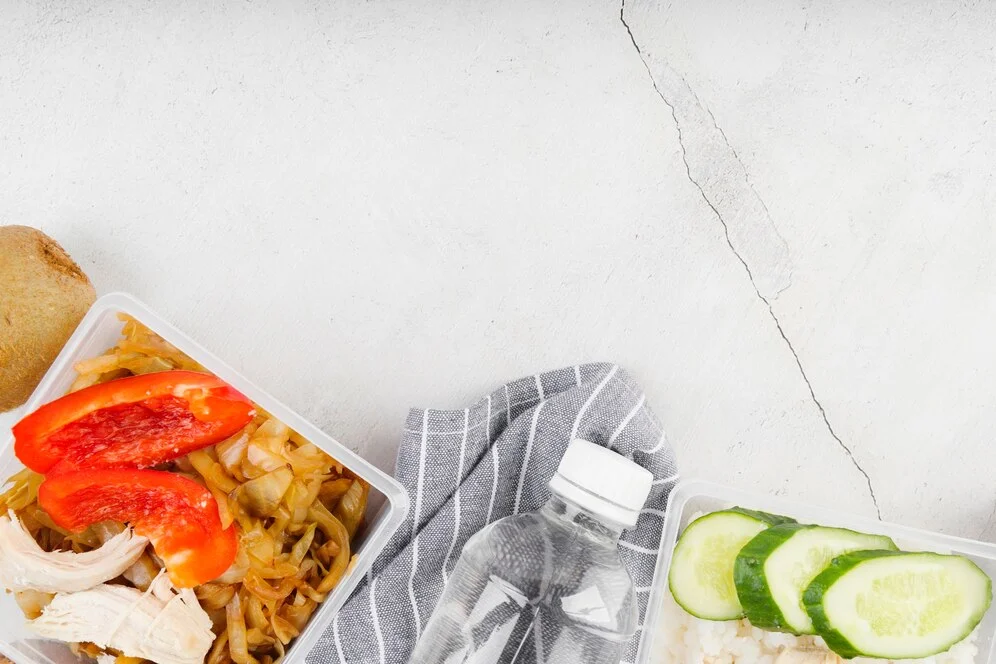Food Contact Surfaces: What’s In and What’s Out
North Shore Dish– When it comes to the cleanliness and safety of food, having a complete understanding of the materials that come into direct contact with food surfaces is of the utmost importance. This is due to the fact that food surfaces are the surfaces that are in direct contact with food. This is something that needs to be done in order to adhere to the guidelines for maintaining cleanliness and to prevent things from becoming dirty. In this comprehensive guide, we will discuss surfaces that come into contact with food and determine what belongs in this category.
The Basics
“Food contact surfaces” are any tools, materials, or devices that come into direct contact with food while food is being prepared, stored, or served. This is in relation to the duties that come with those actions. These areas are very important for making sure that the food we eat is safe and of good quality. Things like cutting boards, knives, cookware, and serving dishes are all surfaces that come into touch with food. Serving plates are another example. For another example, think about desks and other surfaces.
Items with Food Contact Surfaces
- Cutting Boards: Cutting boards are essential tools in any kitchen, providing a sanitary surface for chopping, slicing, and dicing fruits, vegetables, and other food items. It’s crucial to use separate cutting boards for raw meat, poultry, and seafood to prevent cross-contamination.
- Cooking Utensils: Utensils such as spatulas, ladles, and tongs often come into direct contact with food during cooking and serving. These items should be made from food-safe materials such as stainless steel or silicone and cleaned thoroughly between uses.
- Food Storage Containers: Containers that are used to store food in the refrigerator or pantry are regarded to be food contact surfaces. Some examples of these containers include plastic containers, glass jars, and resealable bags. If you want to avoid the development of bacteria that could be hazardous to your health, it is essential to use containers that are simple to clean and disinfect.
- Plates and Bowls: Dinnerware, which includes plates, bowls, and serving platters, are examples of food contact surfaces. These surfaces come into direct contact with food while meals are being consumed through the usage of dinnerware. Additionally, dinnerware can be used to serve food. Immediately following each use, these items must to be washed thoroughly with hot soapy water in order to eliminate any trace of food residue that might have been left behind.
Items Without Food Contact Surfaces
- Appliances: Appliances such as refrigerators, ovens, and microwaves do not have unless food spills or leaks occur inside them. However, it’s essential to clean these appliances regularly to prevent the buildup of dirt and bacteria.
- Kitchen Décor: Decorative items such as curtains, wall art, and decorative bowls may add personality to the kitchen but do not typically come into direct contact with food.
- Storage Racks and Shelves: Shelves and storage racks used to hold pots, pans, and other kitchen items are not considered unless they come into direct contact with food spills or contamination.
Conclusion: Maintaining Cleanliness and Hygiene in the Kitchen
If you want to keep the kitchen clean and avoid getting sick from food, you should know which items have areas that touch food. Making sure that the surfaces that come in touch with food are clean and germ-free and that you use them correctly will help you serve safe and tasty food to your family and friends. Remember the best ways to keep your kitchen clean and safe if you want to make cooking fun and good for you.
